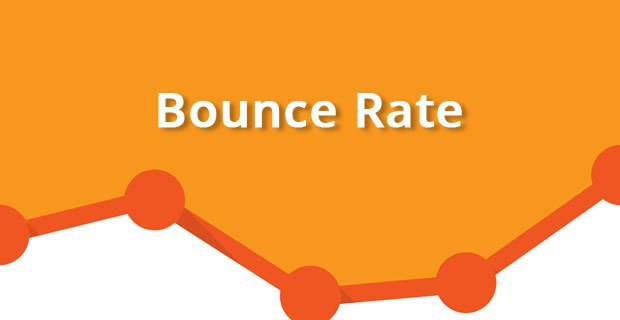When it comes to improving your website, the first place you should always look at is the statistics offered
One key statistic to look at is the bounce rate. This is the term given to the percentage of web users that leave the website on the same page for which it entered onto the website. For example, if you had 1,000 visitors on Page A and a 50% bounce rate, then this suggests that 500 people left Page A once landing onto it, whilst a further 500 clicked onto another page of your website from Page A.
This should make it clear that the bounce rate is an important statistic for websites. The lower the bounce rate, effectively, the more useful the web user finds your website. This is because they are exploring your website and clicking onto links they want to find out more about. The longer web users are on the website, in general, the more valuable they are to you. For this reason, here are some ways to reduce the bounce rate of your website.
Add More Internal Links
If you have more internal links inside your content, there is a higher likelihood that the web user will click onto such links which will reduce your bounce rate. There are typically two ways of internally linking inside your content:
- Keyword linking – this involves linking directly to keywords. For example, the ‘internally linking’ link is an example of keyword linking.
- Explaining a link – this involves putting the content on halt, explaining the link that you have put into the content, and then starting the content up again.
For example, if you enjoyed reading about how to reduce the bounce rate of a website, you might also find it useful to read about Ezoic, an artificial intelligence ad tester which works to increase revenue from advertising whilst reducing key metrics, such as the bounce rate .
^^ This is an example of ‘pausing the content’ to explain a link.
Analyse the Top Content’s Bounce Rate
You could look to change the template theme of your website. However, another way of improving the bounce rate is to look at the best performing content and finding ways to improve it to reduce the bounce rate. For example, if your website has 100 articles on it, it might be only have 5 articles that contribute over 80% of your traffic. Therefore, it is negligible to look at the remaining 95 articles and, instead, concentrate your efforts on the top 5:
- Proof read the content to make sure it is completely error free.
- Think about adding more headings to break up the content (structure the content better).
- Look to implement a unique sidebar which suits the content specifically, rather than a generic sidebar.



